Collaborative robots, as an important branch of industrial robotics, have rapidly emerged worldwide in recent years. With advantages such as high flexibility, safety, and ease of operation, they are widely applied in industries including automotive, medical, and manufacturing, becoming a key component in driving industrial automation and intelligent development.
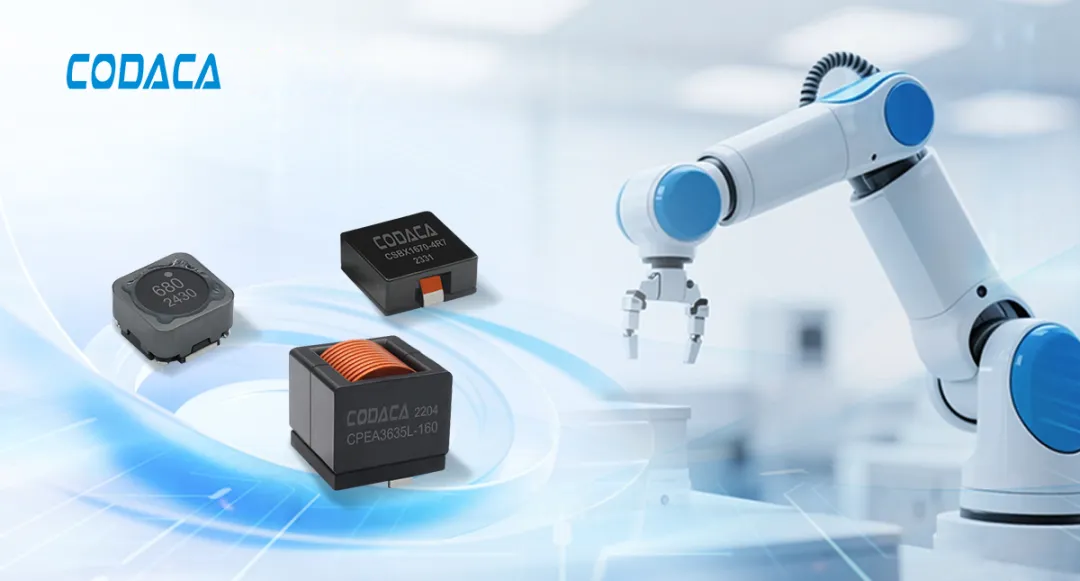
1- What is a Collaborative Robot?
The comprehensive upgrade of intelligent robots is a significant aspect of the new industrial revolution. However, in certain product domains and production lines, human operation remains indispensable. For example, in assembling high-precision components or performing labor-intensive tasks requiring high flexibility, collaborative robots work alongside humans on the production line, maximizing the efficiency of robots and the intelligence of humans. Compared to traditional industrial robots, these robots not only offer better cost performance but are also safer and more convenient, significantly promoting the development of manufacturing enterprises.
Key Features of Collaborative Robots:
◾ Lightweight: Makes the robot easier to control and enhances safety.
◾ User-friendly: Ensures smooth surfaces and joints, without sharp corners or gaps that could injure operators.
◾ Perception ability: Capable of sensing the surrounding environment and adjusting actions based on changes.
◾ Human-robot collaboration: Equipped with sensitive force feedback; stops immediately upon reaching a preset force, allowing humans and robots to work together safely without safety barriers in some cases.
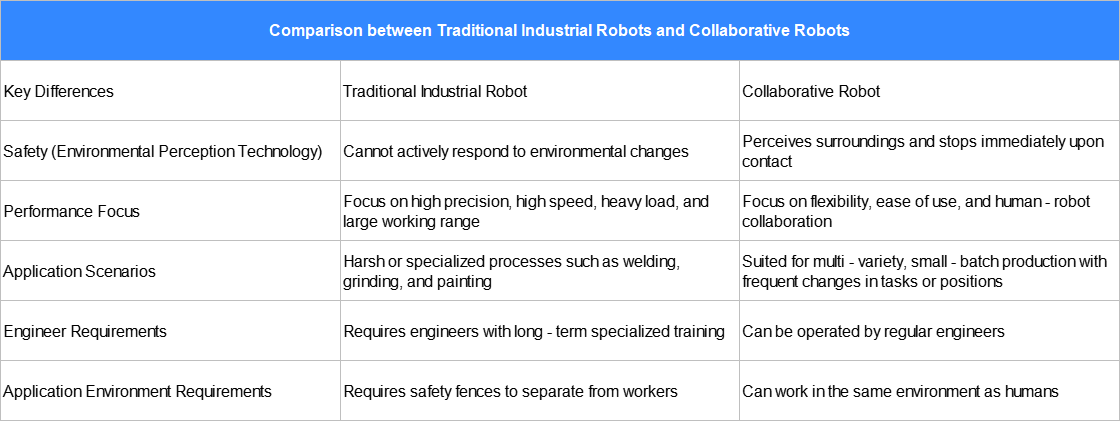
Table 1. Comparison between Traditional Industrial Robots and Collaborative Robots
2- Trends in Power Supply Systems for Collaborative Robot Motor Drives
Depending on applications and functions, robots include many functional elements such as connectivity, image perception, position sensing, and motor control. They also incorporate various power subsystems, including AC-DC conversion, battery management, DC-DC conversion, multiphase converters, sensors, and motor drivers. Among these, the motor drive system is the core component of collaborative robots, primarily responsible for precise joint motion control and providing power support.
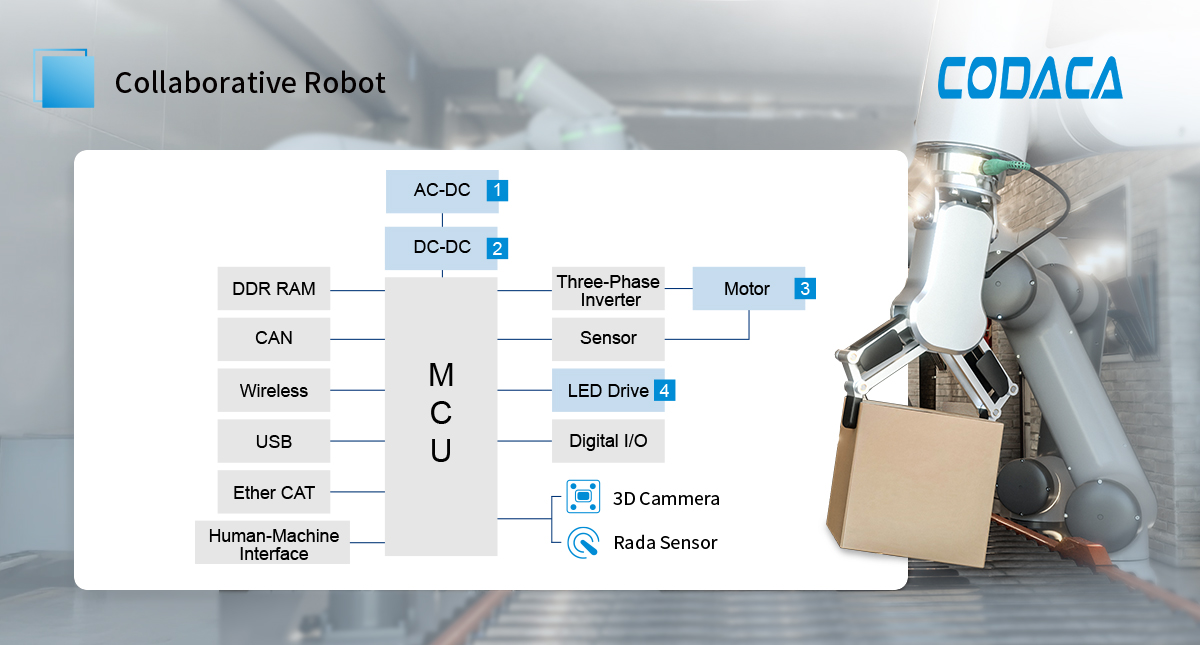
Motor drive systems have traditionally been dominated by 12V solutions. The rise of 48V systems is attributed to this voltage being the highest universally safe voltage. Compared to devices powered directly from the main supply, hardware engineers can reduce system protection design, and product size can be minimized, thereby reducing weight, cost, and power loss. Motors directly powered by 48V are generally smaller, supporting more compact and lightweight joints, enhancing energy efficiency, dexterity, and reliability while reducing weight and cost. This opens up more potential opportunities for robotic applications and further advances industrial automation.

Table 2. Comparison of Motor Drive Voltage Levels for Collaborative Robots
3- Inductor Selection for 48V Motor Drive Power Supply Systems
Inductors are key components in 48V motor drive power systems, mainly used in DC-DC converters (such as Buck, Boost, and Buck-Boost circuits). Their functions include energy storage, filtering, interference suppression, and ensuring system stability. Proper selection of low-loss, high-saturation-current, high-current inductors can significantly improve system efficiency and stability. In addition, inductors provide strong EMI suppression, reducing the interference of DC-DC switching noise on other sensitive circuits.
In a 48V motor drive power system, the performance of the inductor directly affects system stability, efficiency, and reliability. Therefore, selecting the right inductor is crucial for hardware engineers. Key parameters to consider include inductance value, saturation current, DC resistance, and operating frequency, all of which must be carefully balanced.
Key Inductor Selection Parameters:
① Inductance: Determines the magnitude of ripple current and energy storage capability. Proper values smooth current ripple and improve system stability.
② Saturation Current: The DC current at which the core saturates. Selecting materials with high saturation points and good thermal stability ensures stable operation.
③ DC Resistance (DCR): Lower DCR reduces power loss and improves efficiency. Flat-wire monolithic structures can balance low DCR with high power density.
④ Operating Frequency: With wide-band gap semiconductors (SiC, GaN), switching frequencies rise to the MHz range. High-frequency, compact, high current power inductors are necessary for efficient, stable operation.
4- Codaca Inductor Solutions
Through independent research and technological innovation, CODACA provides a range of inductor solutions for 48V motor drive power systems in collaborative robots, supporting the advancement of industrial automation. The company offers various product categories and models, each with different electrical characteristics to meet the high-performance requirements of these systems.
4.1 High Current Power Inductor
Use magnetic powder cores with flat-wire winding, featuring high saturation current, low loss, high conversion efficiency, and high operating temperature. Ideal for 48V DC-DC converters requiring high current, low loss, and high power density.
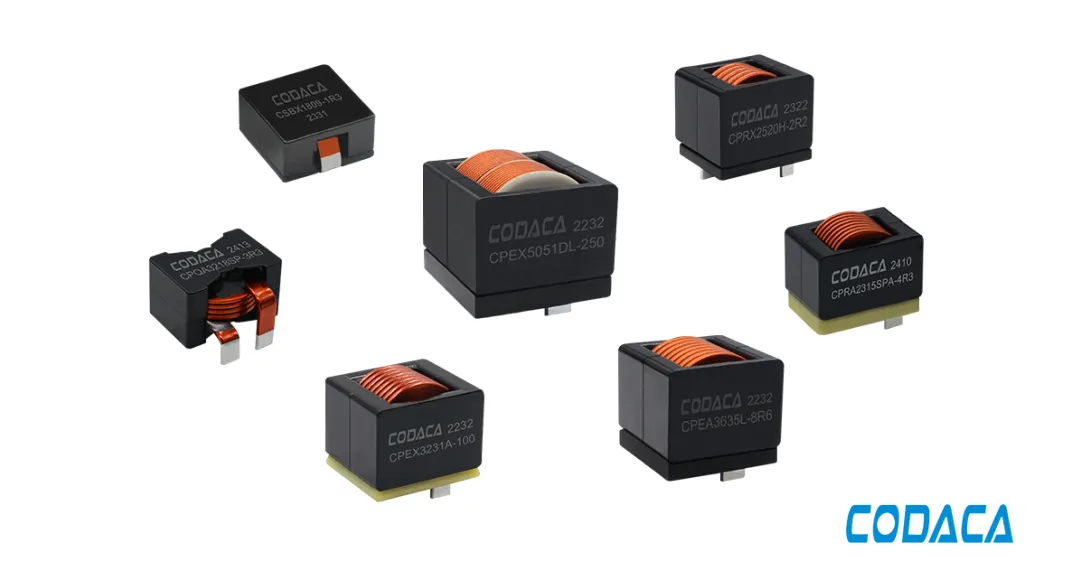
4.2 Molding Power Choke
Molded by low-loss powder core materials, with a fully shielded structure, strong EMI resistance, low DC resistance, high current capability, and low core loss. Meet system requirements for compact size, high current, and EMI robustness.
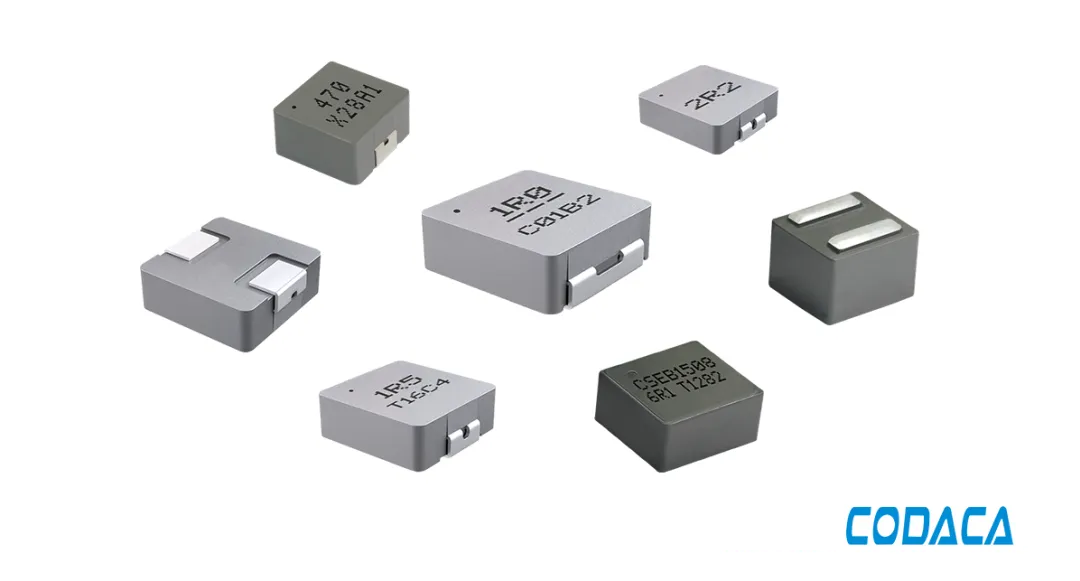
4.3 SMD Power Inductor
Use high-frequency, low-loss magnetic cores, resulting in low high-frequency losses, and small size is suitable for high-density mounting. Magnetic shielding design provides strong EMI resistance, making them ideal for compact, high-performance power systems.
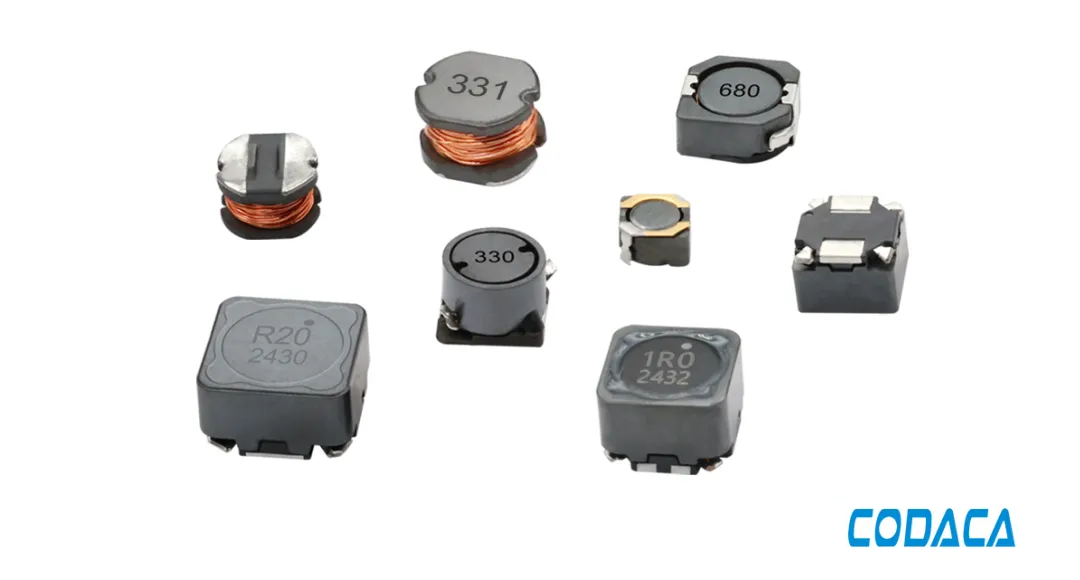
As collaborative robots continue to expand across industries, the performance and reliability of their 48V motor drive power systems are critical to their success. Careful selection of inductors—considering inductance, saturation current, DC resistance, and operating frequency—ensures stable, efficient, and high-performance operation. With innovative solutions from companies like CODACA, collaborative robots can achieve higher energy efficiency, precision, and reliability, driving the next wave of industrial automation and intelligent manufacturing.